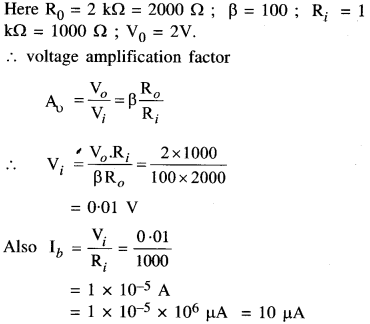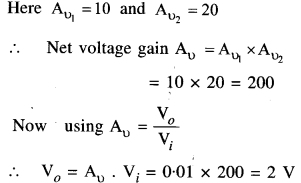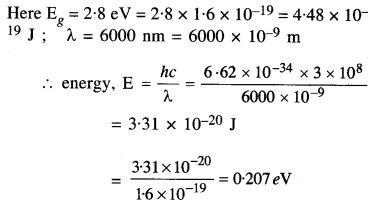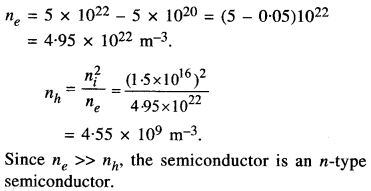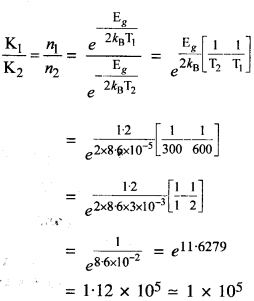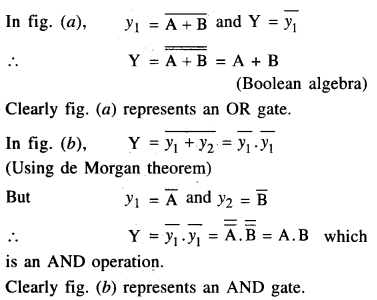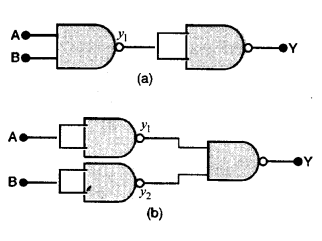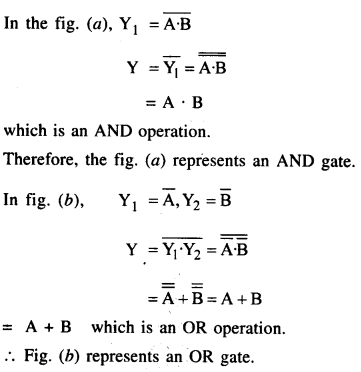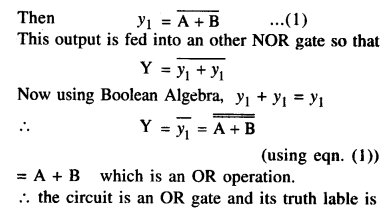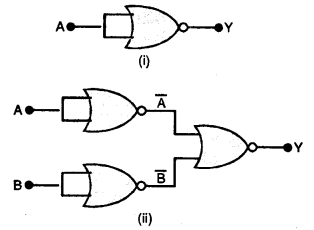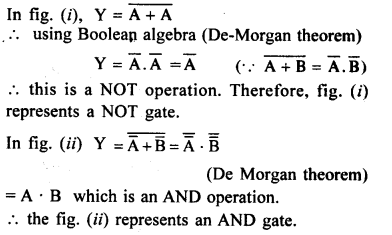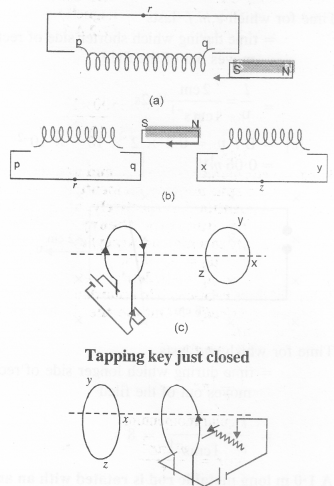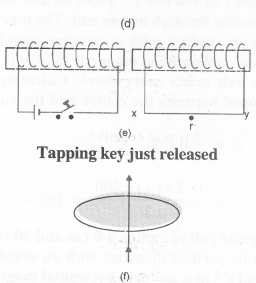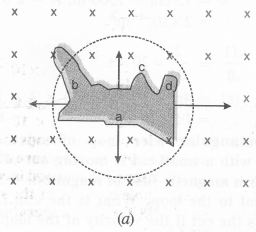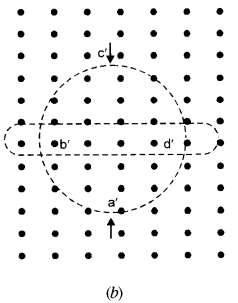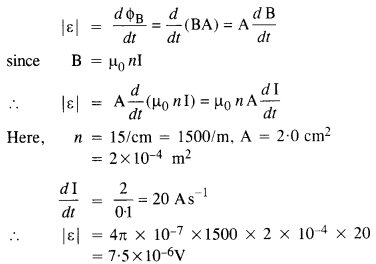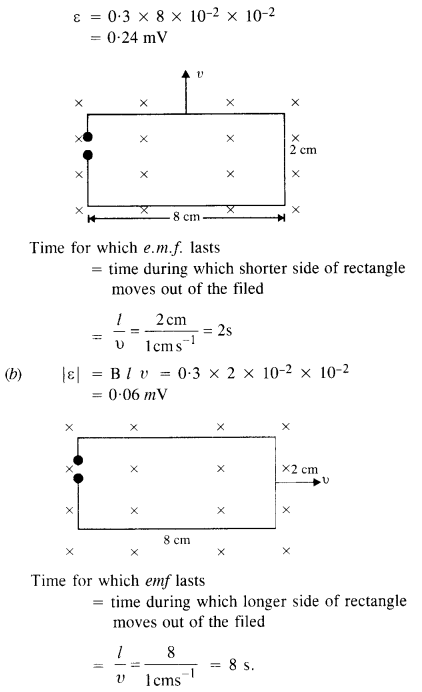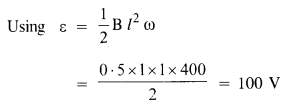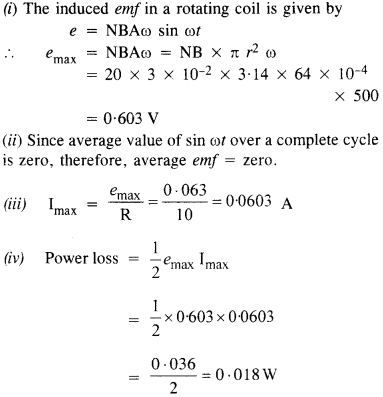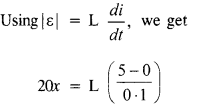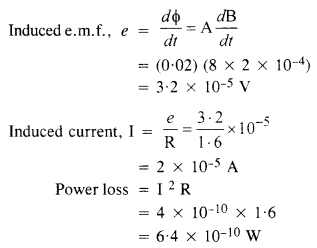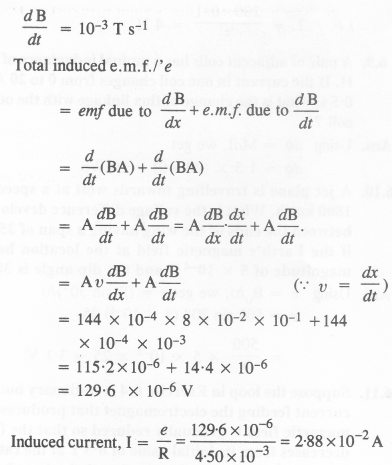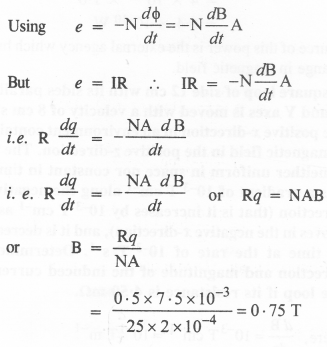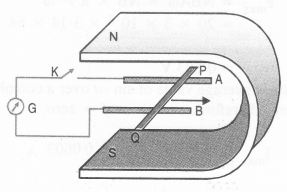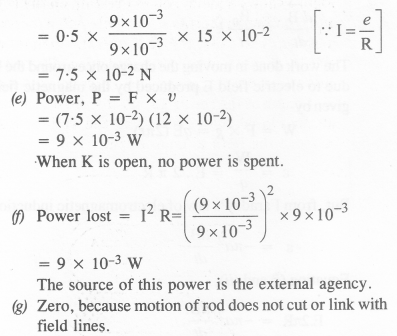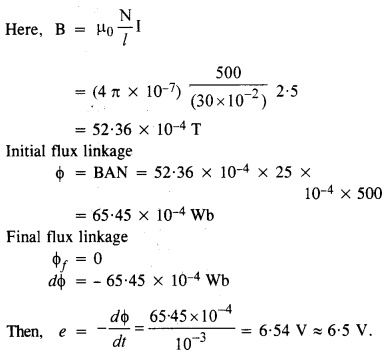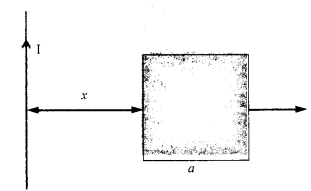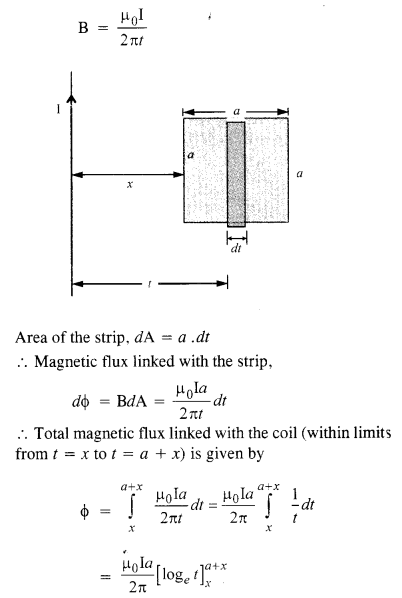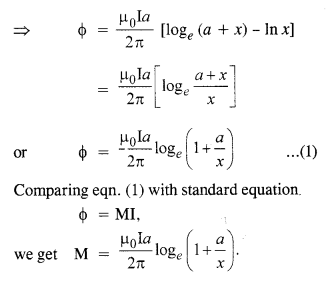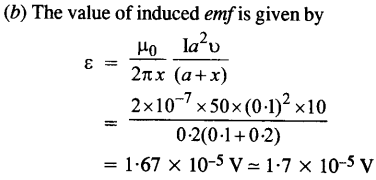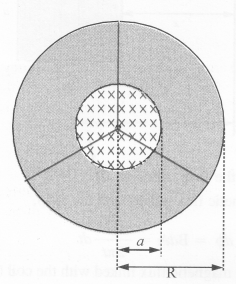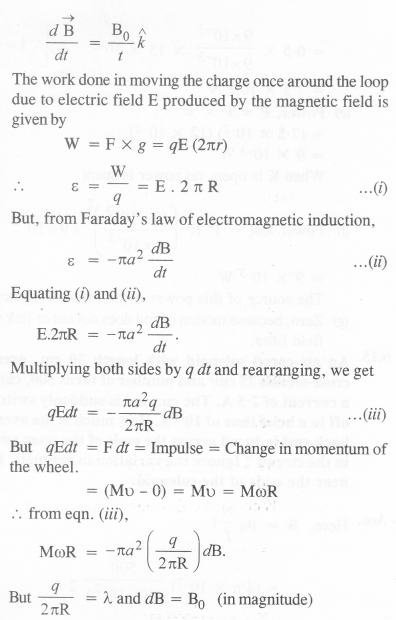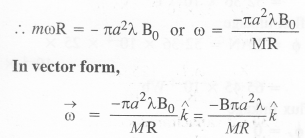Here we are providing NCERT Solutions for Class 12 English Vistas Chapter 2 The Tiger King. Students can get Class 12 English The Tiger King NCERT Solutions, Questions and Answers designed by subject expert teachers.
The Tiger King NCERT Solutions for Class 12 English Vistas Chapter 2
The Tiger King NCERT Text Book Questions and Answers
The Tiger King Reading with insight
Question 1.
The story is a satire on the conceit of those in power. How does the author employ the literary device of dramatic irony in the story?
Answer:
The story is a poignant satire on the abuse of power by the people in powerful positions. The Maharaja, fearing the prophecy that he would meet his death from the hundredth tiger, launched a feverish hunt in the name of “self-defence”.The state banned tiger hunting by anyone except the Maharaja. He declared that the property of the person, who dared to hunt a tiger, would be confiscated. The king was all set to realise his ambition. He vowed to attend to other matters only after killing of a hundred tigers. In the process, he came close to losing his throne when he refused permission to a high-ranking British officer to hunt tigers in his state.
When there were no more tigers left in his kingdom, he married a girl of a state with a large tiger population. With the passage of time, tigers had become extinct even in his father-in-law’s kingdom. On hearing the news of a tiger in a village of his kingdom, the Maharaja whimsically announced a three- year exemption from all taxes for that village and set out on the hunt at once.
When the tiger was not found, many officers lost their jobs. He put his whole kingdom through misery, threatening to take away jobs and double the taxes, until he was presented with the hundredth tiger. Ironically, in spite of his frenzied initiative to negate the prophecy, he met with his death at the hands of a wooden, toy tiger. In this way, the hundredth ‘toy tiger’ took its final revenge upon the Tiger King.
Dramatic irony is employed in the ironical twist in the tale— ninety-nine tigers were killed in vain, and the king came under threat from a wooden toy tiger. There is also a great deal of irony in how contrary to the ferociousness of tigers, the hundredth tiger was old and fainted from the shock of the bullet whizzing past. The tale is a satire on the pompous Maharaja, who heartlessly killed a hundred tigers, only to meet his nemesis in a toy.
Question 2.
What is the author’s indirect comment on subjecting innocent animals to the wilfulness of human beings?
Answer:
Through the story “The Tiger King”, the writer puts across his view of condemning the killing of animals. The Maharaja, the protagonist of the story, scared of a prophecy, killed tigers mercilessly. The author also raises a contemporary concern of the present times—the extinction of wildlife due to human activities. Asserting the “right” to kill animals is like asserting the right to steal, from future generations. The tiger population became extinct in the territories where he had an access to kill. The writer garbs it in the guise of a folklore, but addresses how merciless killing of animals leads to a depletion of natural resources. The sensitive environmental issue of certain species becoming extinct is beautifully and humorously conveyed.
Question 3.
How would you describe the behaviour of the Maharaja’s minions towards him? Do you find them sincere towards him or are they driven by fear when they obey him? Do we find a similarity in today’s political order?
Answer:
Since the Maharaja’s existence revolved around killing a hundred tigers, his minions, driven by fear, obeyed him. Even the astrologer was afraid of predicting his death till the Maharaja told him to “speak without fear”. Determined to fulfil his mission, the Maharaja threatened to confiscate the wealth and property of any person who dared to hurt a tiger.
Overtaken by the madness to kill hundred tigers, he unjustly levied taxes and threatened his subjects to take away their jobs. The minions seemed afraid of their whimsical monarch. They kept their opinions to themselves, and watched as their king drove the entire nation to risk for his personal agenda. In today’s political order, we have such examples of autocratic rulers and dynastic monopolies throughout the world. In many countries we see that the role of money, crime, electoral manipulation and muscle power greatly influences political decisions. Sycophants prevent those in power from seeing the truth.
Question 4.
Can you relate instances of game hunting among the rich and the powerful in the present times that illustrate the callousness of human beings towards wildlife?
Answer:
While not every medieval noble ever went off to war, they all, if physically able, went off to hunt on horseback. Hunting was the favourite pastime of the warrior class.However, in the recent past, when poaching has been made illegal, most hunters get away with murder in India. When Mansur Ali Khan Pataudi was apprehended for hunting down an endangered species of black buck, the ruthless, arrogant lifestyle of some Indians with inherited fortunes were exposed.
For years, animals—especially tigers and elephants—have been killed for their skins and organs. National parks, sanctuaries, and reserves have been virtually turned into hunting grounds by poachers. Armed with sophisticated weapons and vehicles, supported by corrupt officials and politicians, and glamorised by movie stars like Salman Khan, who was arrested for killing the black buck in Rajasthan, the poachers have ruled the jungles with little fear.
All this has led to certain species becoming extinct due to encroachment and hunting by human beings. One such example is the Tibetan Antelope, which has been hunted down by poachers for its skin, used to make the Shahtoosh shawl. This antelope yields one of the finest and most expensive wools in the world—a prized possession of the rich. Pearl essence is obtained primarily from herring and is one of the many by-products of large-scale commercial fishing.
Question 5.
We need a new system of the age of ecology—a system that will take care of all people and of the earth and of all life upon it. Discuss.
Answer:
In our diverse and increasingly interdependent world, it is crucial that we, the people of earth, declare our responsibility to the greater community of life. The survival of our earth depends upon the consciousness that we should move beyond nationalism to more global concerns, for instance, to a sense of bio-regionalism. The well-being of people and the biosphere depends upon preserving clean air, pure waters, fertile soils, and a rich variety of plants, animals and ecosystems. The global environment with its finite resources is a primary concern of all humanity. The community of our planet stands at a defining moment. With science and technology have come great benefits and also great harm.
The dominant patterns of production and consumption are altering the climate, degrading the environment, depleting resources, and causing massive extinction of species. A dramatic rise in population has increased the pressures on ecological systems and has overburdened social systems. The challenges humanity faces can only be met if people everywhere acquire an awareness of global inter- dependence, identify themselves with the larger world, and decide to live with a sense of universal responsibility.
The Tiger King Extra Questions and Answers
The Tiger King Short Answer Questions
Question 1.
Who was the Tiger King? Why was he so named?
Answer:
When the king was bom, the astrologers had foretold that one day he would be killed by a tiger. The king, they predicted, would grow up to become the greatest of all warriors, heroes and champions, but since he was bom in the hour of the bull, predicted that he would meet his end at the hand of its nemesis—the tiger.
Question 2.
When did the king kill his first tiger? What was his reaction?
Answer:
When the Maharaja came of age at twenty, he became the ruler of the State. It was then that he heard of the astrologer’s prediction. He immediately launched on a spree to kill hundred tigers, and killed the first of them around that time. He justified his hunt by calling it an act of “self-defence”. He was thrilled with his first kill, but was soon unsettled when the astrologer predicted that it would be the hundredth tiger that would kill him.
Question 3.
“The king seemed well set to realise his ambition.” What was his ambition? How did he set out realising it?
Answer:
The king’s ambition was to kill a hundred tigers. He went forth fearlessly, there were times when the bullet missed its mark, the tiger leapt upon him and he fought the beast with his bare hands. Each time it was the Maharaja who won.
Question 4.
The tiger hunt almost cost the Maharaja his throne. How?
Answer:
A high-ranking British officer visited Pratibandapuram. He was very fond of hunting tigers. He was keener on being photographed with the tigers he had shot. He wished to hunt tigers in Pratibandapuram. But the Maharaja firmly refused permission. He even refused to let him be photographed, standing over the tiger’s carcass. But the Maharaja appeased the officer by sending his wife expensive diamond rings as gifts.
Question 5.
What difficulty awaited the Maharaja’s tiger hunts after he killed seventy of them? How did he solve the situation?
Answer:
Within ten years of his hunt for tigers, the Maharaja succeeded in killing seventy tigers. With that, the tigers became extinct in the forests of Pratibandapuram. To resolve the issue, the Maharaja decided to get married to a girl of a royal family of the state with the highest tiger population.
Question 6.
What incentive did the Maharaja give to the village with the hundredth tiger? What was his reaction when the tiger was not found?
Answer:
The Maharaja announced a three-year exemption from all taxes for the village where a tiger was spotted. When the tiger was not found, the Maharaja refused to leave the forest until the tiger was found. As the days passed, many officers lost their jobs, he doubled the land tax, and threatened the.dewan, asking him to resign.
Question 7.
How was the hundredth tiger found?
Answer:
The dewan got a tiger from the People’s Park in Madras and kept it hidden in his house. At midnight when the town slept in peace, the dewan and his aged wife dragged the tiger to the car and shoved it into the seat. The dewan himself drove the car straight to the forest where the Maharaja was hunting.
Question 8.
Bring out the irony in the end of the story.
Answer:
The Maharaja, the greatest of warriors and heroes, was killed by a wooden tiger that cost only two annas and a quarter. After he spent years hunting down tigers to avoid the death that was predicted, he met his end at the hands of a toy tiger. The irony lay in the strange way his fate unfolded.
The Tiger King Long Answer Question
Question 1.
Bring out the irony in the title “The Tiger King”.
Answer:
The Maharaja of Pratibandapuram took on the title of His Highness Jamedar-General, Khiledar-Major, Sata Vyaghra Samhari, Maharajadhiraja Visva Bhuvana Samrat, Sir Jilani Jung Jung Bahadur; but this name was often shortened to Tiger King. As his name suggested, the astrologers predicted that he would grow up to become the warrior of warriors, hero of heroes, and champion of champions. They also foretold that he would be killed by a tiger.
However, his death was an anti-climax. He had killed ninety-nine tigers to overwrite the prediction of the astrologer. However, he died — not a valiant death on the battlefield or while hunting a tiger. Instead, his death was caused by a wooden tiger that cost only two annas and a quarter. The surface of the tiny little • wooden tiger, carved by an unskilled carpenter, was rough and had tiny slivers of wood like quills all over it. One of those quills pierced the Maharaja’s right hand. The next day, infection flared in the Maharaja’s right hand. In four days, it developed into a suppurating sore which spread all over the arm. Three famous surgeons operated but could not save him.
Question 2.
“The Tiger King” was punished for his crime of killing the tigers. Comment.
Answer:
The day the Maharaja was bom, astrologers predicted that he would be killed by a tiger as he was bom in the hour of the bull, which had a tiger for its enemy. The hundredth tiger would be the cause of his death. As the Maharaja grew up, he set out to hunt all the tigers, vowing he would attend to all other matters only after killing a hundred tigers. He was well set to realize his ambition. There was a time when the bullet missed its mark, the tiger leapt upon him, and he fought the beast with his bare hands.
Each time, it was the Maharaja who won. Within ten years, the tiger population became extinct in the forests of Pratibandapuram. To kill thirty more tigers, he married a girl from the royal family of a state with a large tiger population. After his marriage, Maharaja Jung Jung Bahadur killed five or six tigers each time he visited his father-in-law. In this manner, the number rose to ninety-nine. But, as luck would have it, he missed killing the hundredth tiger as it was still alive when the Maharaja took him for dead.
The Maharaja, however, paid for his deeds. His death was caused by a wooden tiger that cost only two annas and a quarter. The tiny little wooden tiger that he got as a gift for his son had been carved by an unskilled carpenter. Its surface was rough and tiny slivers of wood stood up like quills all over it. One of those slivers pierced the Maharaja’s right hand. The next day, infection flared in the Maharaja’s right hand. In four days, it developed into a suppurating sore which spread all over the arm. Despite famous surgeons operating on it, he could not be saved.
Question 3.
Why does the writer say: “Even the threat of a Stuka bomber will not throw me off track.”
Answer:
The Junkers Ju 87 ‘Stuka’ was a plane used by the Germans as a dive bomber. It was instantly recognizable with its inverted gull-wings and fixed undercarriage. The bomber’s accuracy was high when in a full dive as it used an automatic pull-up system to ensure that the plane pulled out of the dive once the bomb was released. The wheel covers were fitted with sirens that were used once the planes went into a dive, to shatter the morale of enemy troops and civilians. The fins of the bombs were also fitted with whistles to ensure that those being bombed knew just when the bombs were released and could track them on the way down. This was supposed to generate fear in them. The writer refers to the Stuka bombers to convey that nothing, not . even a horrific thing like a Stuka Bomber, could deter him from telling the story.
Question 4.
What does the writer mean when he says: “As Bharata said to Rama about Dasaratha, the Tiger King has reached that final abode of all living creatures”?
Answer:
In the Ramayana, Kaikeyi, the last and youngest of Dasaratha’s three wives, on Manthara’s advice, forced Dasaratha to banish Rama from the kingdom for a period of no less than fourteen years and place her son, Bharata, upon the throne of Ayodhya. Honouring his father’s vow, Rama relinquished his claim to the throne and left. In time, Dasaratha lost the will to live and died of grief.
Outraged at his mother’s act and grieved at the loss of his father, Bharata went to get back his brother Rama to take over as the next king. As Bharata conveyed to Rama the news about Dasaratha’s demise, the writer conveyed the news of Tiger King’s death to the reader in a similar fashion.
Question 5.
Explain the miracle that happened soon after the Maharaja was born.
Answer:
When the Maharaja was only a ten-day-old infant, a miracle occurred. The astrologers predicted that one day the king would grow up to become a valiant warrior. He would be one of the greatest heroes but would one day have to meet his death. As the astrologers foretold his future, a great miracle took place. The ten- day-old Maharaja spoke.
He said that all mortals would one day have to die. He wanted to know the cause of his death. The chief astrologer was wonderstruck. The infant Maharaja had not only spoken, but had also raised an intelligent question. The chief astrologer predicted that the prince was bom in the hour of the bull. The bull and the tiger being enemies; the Maharaja’s death would come from the tiger. As soon as Jung Jung Bahadur heard of the prophecy, he shouted a warning to all the tigers—“Let tigers beware!”
Question 6.
How did the Maharaja come close to losing his throne? How did he save it?
Answer:
Maharaja Jung Jung Bahadur had issued an order forbidding anyone but himself from shooting tigers in his kingdom. This order put him in danger of losing his throne. Once, a high-ranking British officer who was very fond of hunting tigers visited Pratibandapuram. He wished to hunt tigers in Pratibandapuram, but the Maharaja declined. The Maharaja not only sent a message forbidding him to kill tigers but he also refused to let the officer be photographed holding the gun and standing over the tiger’s carcass.
Since he prevented a British officer from fulfilling his desire, he stood in danger of losing his kingdom. Hence, the Maharaja sent a telegram to a famous company of jewellers in Calcutta to send samples of expensive diamond rings of different designs. About fifty rings were sent. The Maharaja sent the whole lot to the British officer’s wife expecting her to choose one or two rings and send the rest back. But she kept all of them for herself. The Maharaja had to foot a bill for three lakh rupees but was happy that he had managed to retain his kingdom.
Question 7.
In Pratibandapuram it was “easier to find tiger’s milk than a live tiger”. Why was this so?
Answer:
After the Maharaja had heard of the astrologer’s prediction, he set out to hunt a hundred tigers. He vowed he would attend to all other matters only after killing a hundred tigers. Within ten years, he was able to kill seventy tigers, but with this the tiger population became extinct in the forests of Pratibandapuram. To kill thirty more tigers, he asked his minister to find a girl from a royal family in a state with a large tiger population.
After the right girl was found, the Maharaja Jung Jung Bahadur killed five or six tigers each time he visited his father- in-law. In this manner, the number rose to ninety-nine. But, when just one tiger was left to achieve his count of a hundred, and he could not find another tiger, he sank into gloom. Finding a tiger was next to impossible. Here the author has used a hyperbole to stress the scarcity of tigers for a comical effect. Tiger’s milk, which is impossible to find, is used to convey that it became next to impossible to find a live tiger in Pratibandapuram.
Question 8.
Did the Maharaja ‘kill’ the hundredth tiger? Why/why not?
Answer:
After the Tiger King had killed ninety-nine tigers, the Maharaja sank into gloom as he could not find the hundredth tiger. Then, one day, when he heard that in his own state the sheep had begun to disappear from a hillside village, his hopes began to rise. Delighted, he even announced a three-year exemption from all taxes for the village and set out to find the tiger. But it was in vain. Furious, the Maharaja threw out many officers and doubled the land tax there.
The worried dewan was relieved when a tiger was brought from the People’s Park in Madras and he kept . it hidden in his house. At midnight, the dewan and his wife dragged the tiger to the car and drove it till the forest where the Maharaja was hunting. With a great difficulty, the dewan pushed it out. The next day, the old tiger wandered into the Maharaja’s presence. The Maharaja shot the beast and the tiger fell to the ground. The overjoyed Maharaja left after ordering that the tiger be brought to the capital in a grand procession, After
the Maharaja left, the hunters realized that the tiger was not dead; it had merely fainted from the shock of the bullet that went past it. For the fear of losing their jobs, the hunters decided to keep away the truth from the Maharaja and shot the tiger dead.
Question 9.
Why did the hunters not tell the Maharaja that he had failed in his mission of killing the hundredth tiger?
Answer:
After a great deal of effort, the Maharaja found the hundredth tiger. Ironically, for the Maharaja, who had earlier fought and killed a tiger bare-handed, killing the old tiger would have been a cake-walk; and yet destiny did not allow this. The Maharaja shot the tiger and thinking it dead, left the forest, feeling elated. But when the hunters took a closer look at the tiger, it rolled its eyes in bewilderment. The men realized that the tiger was not dead. The Maharaja’s bullet had missed it.
Nevertheless, it had fainted from the shock of the bullet speeding past. The hunters decided that the Maharaja must not come to know that he had missed his target. He was quick to anger and would punish them. They would lose their jobs or worse. Hence, one of the hunters took aim from a distance of one foot and shot the tiger. This time, the tiger was killed. But the Maharaja was blissful in his ignorance.
Question 10.
The story is a satire on the conceit of those in power. Comment.
Answer:
The story, “The Tiger King”, is a poignant satire on the self-importance that the people in power assume. Because of a prophecy made at the time of his birth, the Maharaja shouted a warning to all the tigers—’’Let tigers beware!” After he grew older, he started his tiger hunt in the innumerable forests in Pratibandapuram State and justified the act as he was doing so in “self-defence”. He banned tiger hunting in the State by anyone other than him and declared that the property of the person who would hurt a tiger would be confiscated. He vowed to attend to all other matters only after killing hundred tigers. After killing all the seventy tigers in his own kingdom, the Maharaja married a girl of a state with a large tiger population.
Soon, tigers became extinct even in his father-in-law’s kingdom. Hearing the news of a tiger in a village announced a three-year exemption from all taxes for that village and set out on the hunt at once. After shooting the tiger the Maharaja was relieved. However, the warrior of warriors, hero of heroes, and champion of champions did not die a valiant death on the battlefield or while hunting a tiger. Instead, his death was caused by infection resulting from a wound caused by a wooden tiger that cost only two annas and a quarter.
Question 11.
Human beings view nature merely as a resource to be exploited or even an enemy that needs to be vanquished. Comment with reference to The Tiger King.
Answer:
The author in the story “The Tiger King” expresses the view that there is no excuse or justification for stalking and killing an animal. Because of his blind faith in prophecy, the Maharaja kills tigers aimlessly. Ironically, he who had confessed as a child that “all those who are bom will one day have to die”, later sets out to become immortal by killing tigers, indiscriminately. Hunting animals by humans operates perversely. The Maharaja’s only need was to prove his masculinity, his dominance by killing hapless animals.
The writer reaffirms a very valid reason against hunting—the extinction of species due to human activities. We realize that asserting the right to kill animals is like asserting the right to steal from future generations. The Maharaja steals tigers from the future. The tiger population became extinct in the territories where he had an access to kill. Thus, the next generation would not have the right to see and learn from the bountiful earth that they inherited because the present generation would have left it barren.
